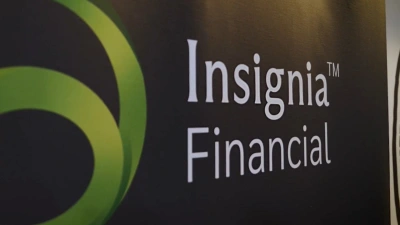Tyndall picks up alternative assets



Tyndall AM will add alternative asset classes to its existing investment classes after picking up Causeway Asset Management, which will transition to Tyndall in June.
Tyndall invests in Australian and international equities, fixed income and multi-manager investments.
Causeway will bring experience investing in private debt through senior secured commercial loans to small- and -mid-market borrowers, and in tangible assets such as Australian water entitlements.
Co-founder of Causeway Mike Davis joined Tyndall as managing director in April, replacing Craig Hobart after the company merged with Japanese fund manager Nikko Asset Management.
Five Causeway investment professionals will also make the move, while Davis counterpart and Causeway co-founder Tim Martin will lead the group as head of alternative assets.
The new team will manage comingled and separate Causeway-branded account mandates under the Tyndall umbrella.
Davis said the merger was a natural step in growing the strength and resources of both businesses and would broaden Causeway's product exposure to the Asian region through Nikko AM.
"Causeway's alternate asset approach provides a focus on income from asset classes which have low correlation to public markets, thus adding another dimension to Tyndall's capabilities," he said.
Davis said Tyndall now had the capabilities to service the current needs of investors and growing retiree markets in Australasia and Japan.
Recommended for you
Insignia Financial has reported net inflows of $448 million into its asset management division in the latest quarter, as well as popularity from advisers for its MLC managed accounts.
With ASIC questioning the dominance of research houses when it comes to retail usage of private market funds, a research house has shared how its ranking process sits alongside ASIC’s priorities.
Two Australian active fund managers have been singled out by Morningstar for their ability to achieve consistent performance and share price growth in the past 12 months.
Pinnacle Investment Management has expanded its private market coverage, forging a strategic partnership with a private markets manager via a 13 per cent stake acquisition.











